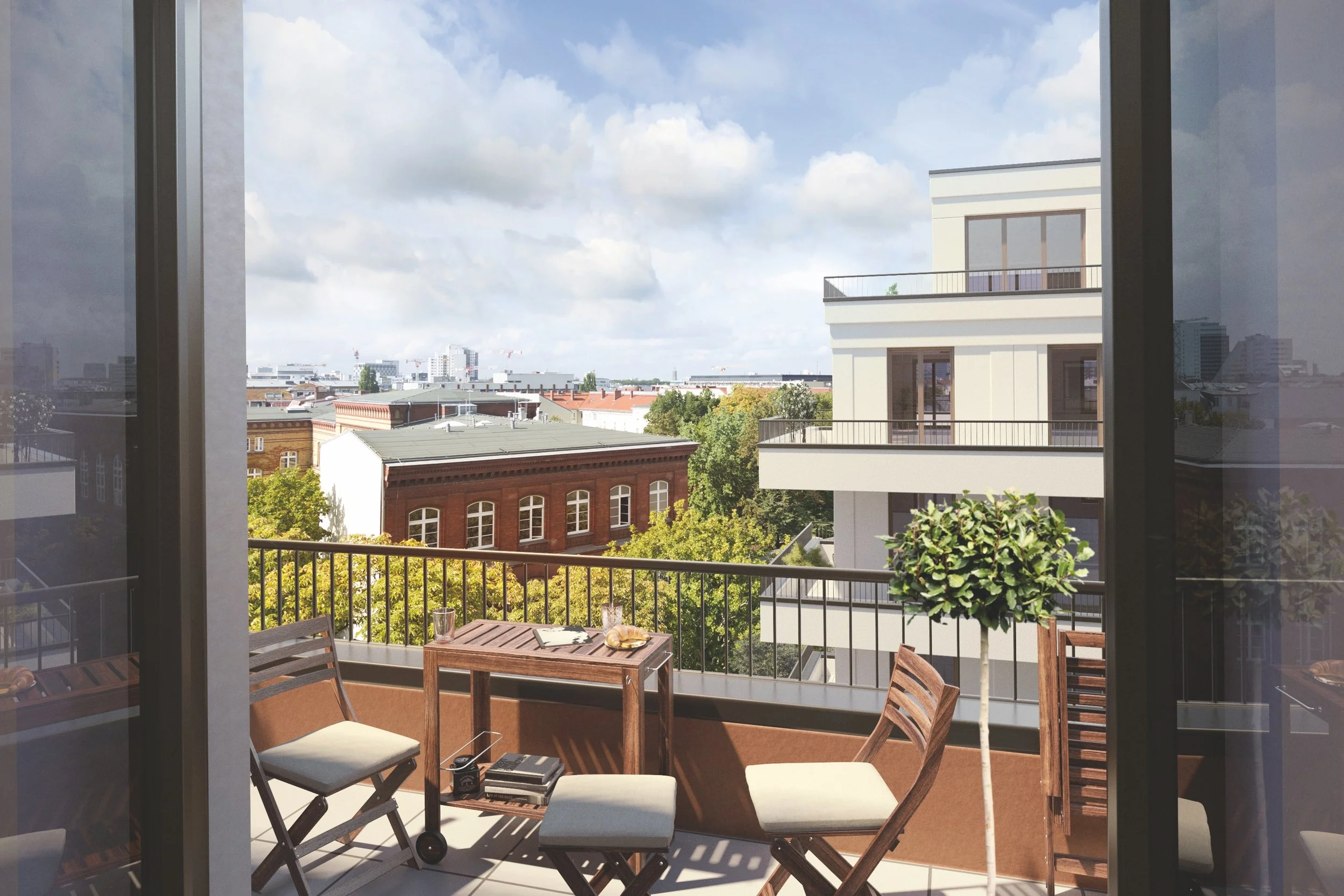Berlin-Mitte
Check out our video about Mitte
Mitte (translated as "middle" or "midtown") represents the area between Alexanderplatz and Brandenburg Gate. Most of Berlin's iconic landmarks are located here. Mitte is also where Berlin was born in the 13th century, approximately in the same area where Nikolaiviertel is located. Up until the WWII, Mitte has always been political, cultural and commercial center of Berlin. After the city was divided, Mitte has become part of the socialist block which has affected its architecture and heritage, which can be especially seen in the area around Alexanderplatz. A lot of historical buildings, including museums, were left without renovation for years. However, after the reunification, the Mitte area has experienced a massive renaissance thanks to the artistic community, who moved here through either cheap rents or simply squatting the derelict houses. Thanks to that, in the 90s, Mitte has become an artistic hub with numerous galleries and artists studios, the most famous of which is of course Tacheles.
Mitte had so much vast spaces with empty buildings at that time that it was the perfect playground for the music scene as well. In the years of 2000, this area has undergone a massive development: extensive renovations of historical buildings, including Berliner Dom, Historical museum, Museum Island and so on, as well as construction of new commercial and residential buildings in the empty post-war plots, Mitte has gradually become the new chic and trendy neighbourhood, pushing the edgy, underground and alternative scene towards the areas of Kreuzberg and Friedrichshain. Mitte was the first Berlin neighbhourhood to experience gentrification. However, the galleries stayed. Today, Mitte has around 400 various galleries around the streets of Augustrasse, Linienstrasse, Tucholskystrasse.
In the late 2000s, Mitte has become a true competitor to the wealthy Charlottenburg area, but it attracted a completely different audience. It was new, fresh, cool, trendy, with a lot of new restaurants and hip bars. Thanks to the legacy of the artistic 90s, and the cosmopolitan flair, Mitte was something completely different compared to traditional, conservative Charlottenburg which always stayed as the area for wealthy, even throughout the city's division. Today, if you live in Mitte, you get everything: historical Berlin, with most of the city landmarks concentrated here, high-end shopping, vintage boutiques, chic, expensive cocktail bars alongside with cheap street food cafes, modern real estate, access to art (museums, galleries) and fashion.









A brief history of Berlin Mitte and why it is what it is
If there is any area in central Berlin that is considered to be hip, it is area around Rosenthaler Platz in Berlin-Mitte. How did it happen, that this area has become such a desirable place to be?